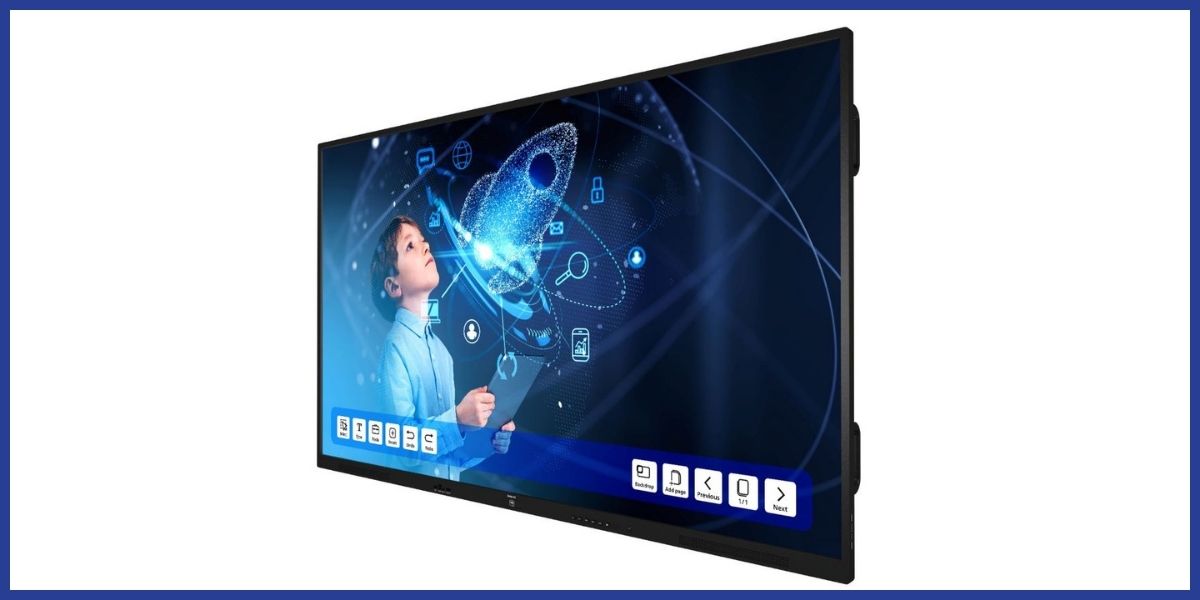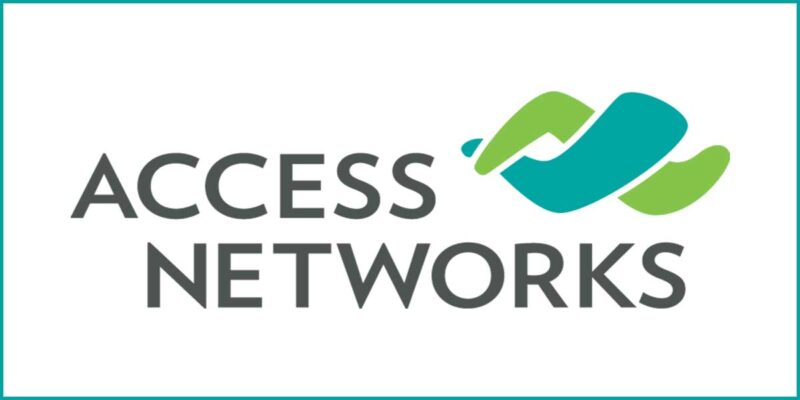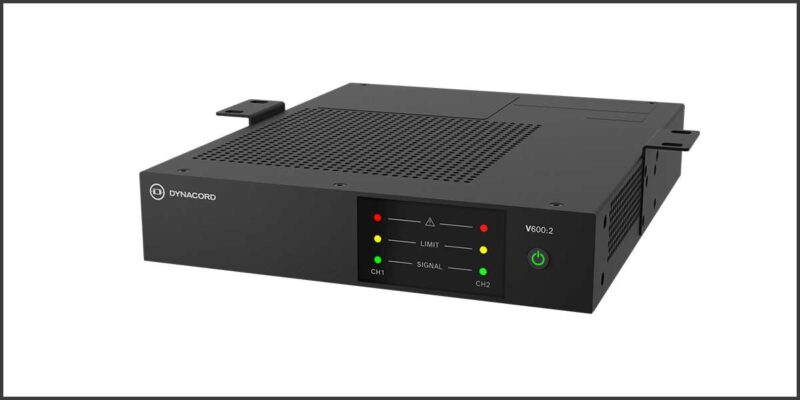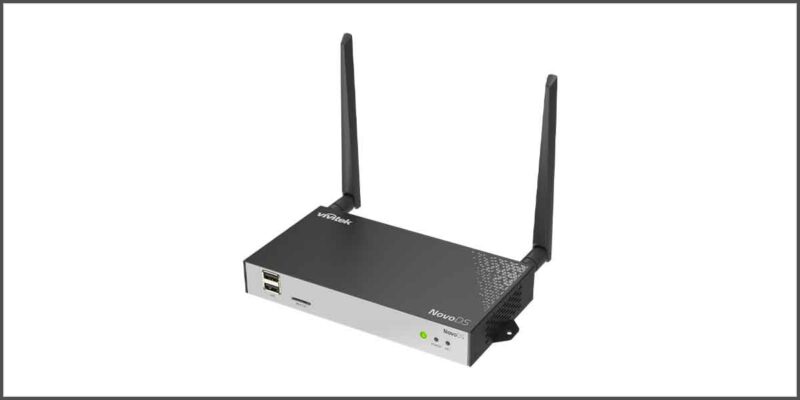PPDS Takes Aim at Education With New Monitors, Collaboration Boards and Software Tools

PPDS (aka: Philips Professional Displays) launched a suite of K-12 and higher-ed applications and products today.
Available in 65”, 75” and 86” sizes across both model variants, the new Philips Collaboration Series for education features “a tailored design with the latest advances in educational software delivering unrivalled levels of engagement and inclusivity inside any learning environment.” Redesigned using market feedback from education professionals, PPDS says the Philips Collaboration display for education runs on Android 13, bringing a familiar mobile or tablet experience to the classroom for near-universal usability and minimal training. As with its predecessors, PPDS says the two new interactive Philips Collaboration for Education Series’ have been built with connected experiences and usability as its core and feature a new 3840 x 2160 Ultra HD, 400-450cd/m2 brightness display, together with 40-touchpoint interaction.
In addition, the new WiFi and Bluetooth-enabled Philips Collaboration 3152 and 4152 displays both come with an integrated whiteboard application with use by hand or via a dedicated display stylus, according to PPDS.
PPDS also launched a wireless content sharing option – Philips ScreenShare – allowing tutors and students to securely connect their own (or school provided) device directly to the screen. Up to 64 personal devices (running on ChromeOS, MacOS, Windows, iOS or Android) can be securely connected at the same time, including those located in other rooms or locations, and even those studying remotely. AirPlay, Google Cast and MiraCast are also supported.
Both new Philips Collaboration Series’ will also become the first Philips education displays to feature Philips Genius – a brand new education software solution, bringing a plethora of out-of-the-box, ready-to-use features and capabilities, ensuring classrooms are prepped for action from the moment the screen powers up.
The Philips BDL4152E (advanced) model also comes with Google Enterprise Devices Licensing Agreement (EDLA) certification, providing advanced and official access to the Google Play store and Google’s most popular Google Mobile Services (GMS), such as Google Classroom, Google Search, YouTube, Chrome, Google Drive, among many others.
For enhanced audio experiences, PPDS says the new Philips Collaboration for Education line up also features two upgraded and repositioned front facing speakers, with 2 x 16W speakers on the Philips Collaboration 3152 and 2 x 20W speakers on the Philips Collaboration 4152. The company says storage has also been increased on both displays, with 32GB on the 3152 and 64GB on the 4152, while RAM has also been increased at 4GB and 8GB respectively for improved performance and convenience. The company says the two Series now feature more conveniently accessible input connections, whether wall, desk, or trolley mounted.
Designed for the rigors of daily use, PPDS says Philips Collaboration 3152 and 4152 displays have been built to stand up to “even the most heavy-handed of users,” coming equipped with a durable 7H (Mohs) glass. Furthermore, to ensure viewing performance, PPDS says the Philips Collaboration for Education displays also feature an improved anti-glare and anti-reflection gloss coating. The Philips Collaboration 4152 also includes anti-fingerprint coating, and a blue light filter, further enhancing screen performance and viewing.
Finally, the Philips Collaboration for Education Series, PPDS Wave, is integrated into all of it. In a continuing climate of rising energy prices, PPDS says the Wave Controller can play a “pivotal role” in delivering environmentally conscious, sustainable solutions for education establishments, while also helping to reduce the total cost of ownership with energy saving opportunities and extended product lifetimes. PPDS Wave also allows fleet managers to use power scheduling for their displays, to automatically power them down when not in use.



